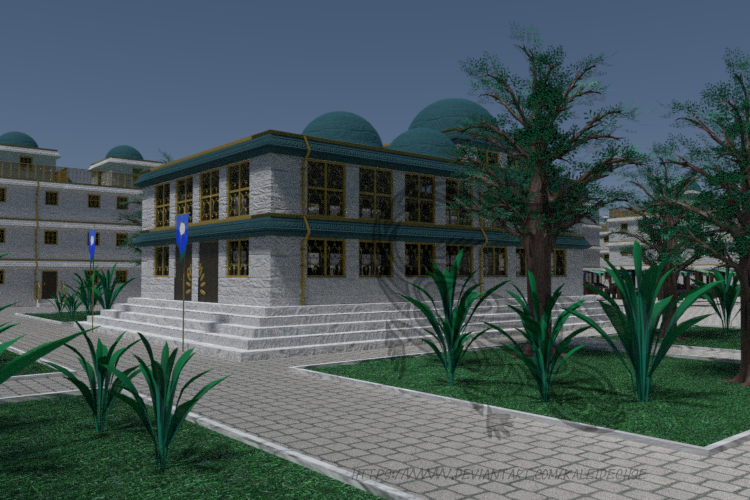Church of Saphéne
The traditional Nimýric religion surrounding Saphéne the Mother Goddess.
Structure
Priests or bycópané tend to be female, especially in towns and cities. However, male bycópóné are quite common in rural areas.
Every kingdom has its own hu bycópa or High Priest who directly oversees the temple closest to the royal residence. This person is in charge of appointing the ma bycópané or Great Priests. Those in turn appoint the bycópané, the regular priests, in a particular duchy.
On a local level, a temple's bycópa is usually assisted by several acolytes or suntadiné. After years of studying the faith, these may be recommended by their mentor for a meeting with the ma bycópa. If they pass the evaluation by the latter, they will be appointed as new priests and allowed to oversee a temple of their own.
Mythology & Lore
The history of the Celestials, their prophets and their saints is compiled in the Goróbaó, literally the "Divine Book".
The pantheon is directly linked to celestial objects visible to the naked eye.
- Saphéne the Mother Goddess is embodied by the sun.
- Her sister, Palia the Night Goddess, is embodied by Chryphóra's moon.
- Éisabó the Firebearer is embodied by the planet of yellow and orange glow.
- Lahasabó the Waterbearer is embodied by the planet of blue glow.
Divine Origins
While many similar religions have existed all over Gysuphun for ages, this particular belief system originated within the Epunda clan, the people of Nimýron the Benevolent. The forefather of the Imperial Bloodline was a prominent worshipper of the Mother Goddess and a passionate advocate of the associated faith. Consequently, her high priestess rewarded him with the title of régnó in the year 41 PN, and the Church of Saphéne became the official religion of the newly established Kingdom of Nimýris.
Worship
Places of Worship
Temples of the Church of Saphéne are found all over Nimýric towns, generally within walking distance from the faithful. Like most of the Nimýric architecture, they favor domes on the roof, ornately carved sills and delicate decorations on the windows. The temples are particularly notable for their numerous large windows, designed to let in a maximum of natural light. They are often surrounded by well-groomed lawns with trees and other vegetation, since the plants growing towards the Sun Goddess are another symbol of hers. Besides the communal temples, it is also tradition to keep a shrine at home where the inhabitants speak personal prayers, remember their deceased loved ones or make small offerings on special occasions.Times of Worship
The last day of the week, Saphédinó, is dedicated to the Mother Goddess herself. On these days the faithful gather in the local temple for regular service at noon. Special holidays include the equinoxes, solstices or the New Year. These are celebrated in a more opulent manner, with elaborate temple ceremonies and city-wide festivities. Lesser holidays, observed in the intimacy of one's home, include the Day of Remembrance when Saphéne enters her Flaming Garden and holds judgement over the spirits of the dead.
Founding Date
around 130 NN
Alternative Names
Tópó Dé Saphéne
Related Ethnicities
Related Myths
Voyage to the Flaming Garden





Comments